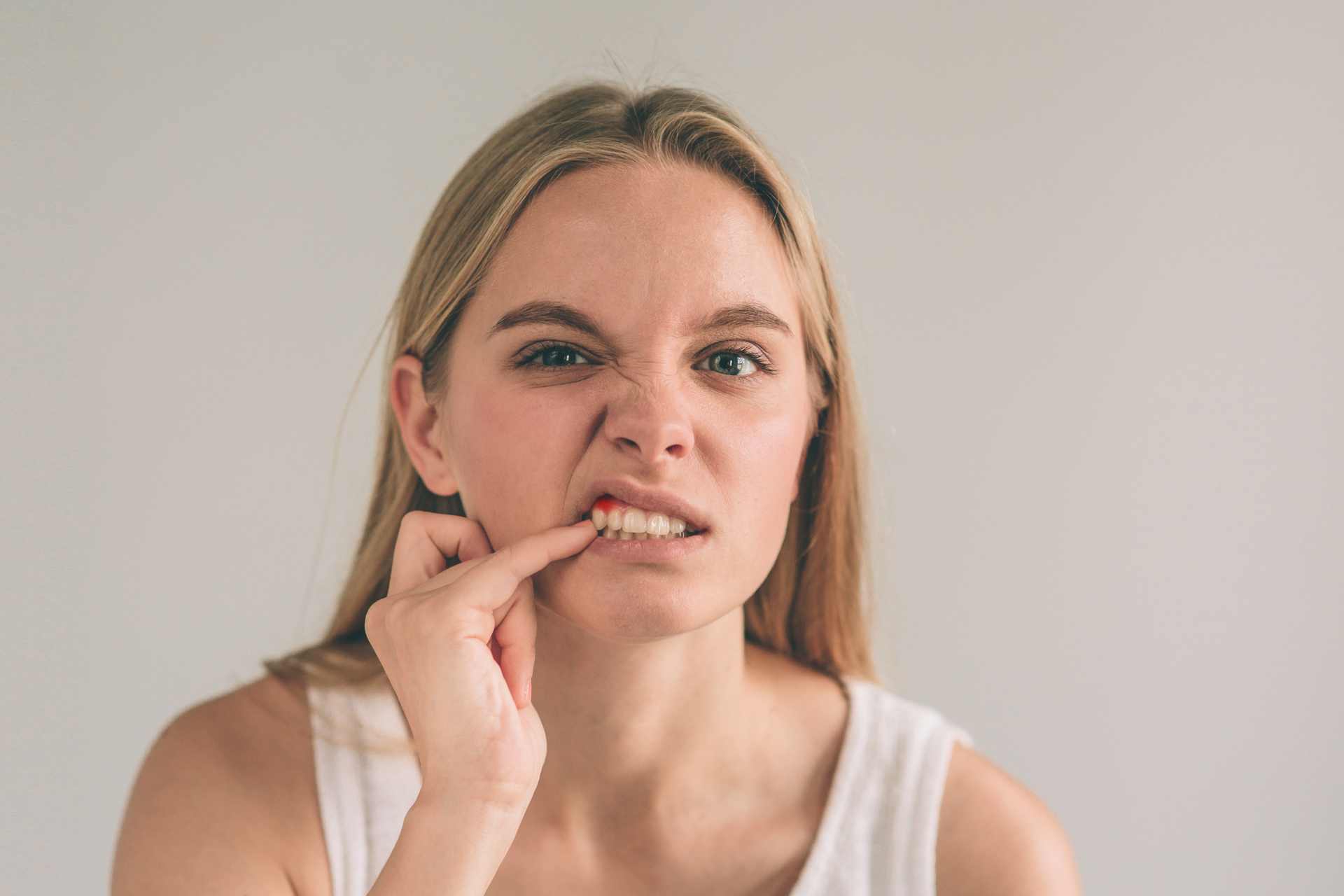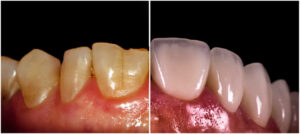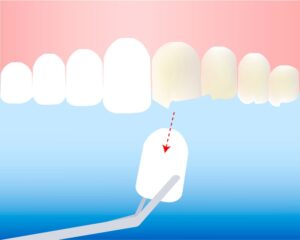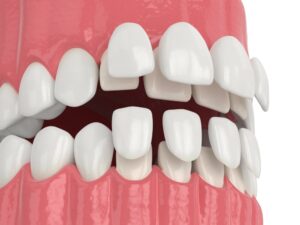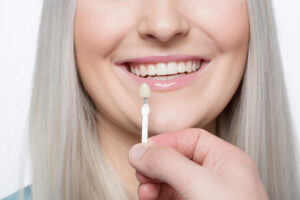Having receding gums on just one tooth may be less common than having receding gums on multiple teeth. But it is something that also happens. Plus, receding gums on a single tooth is less noticeable and more easily missed. Join us in this article, as we will tell you all the details about this very interesting topic: from why receding gums occur in a single tooth, to ways to cure it or prevent it from happening.
Causes of having receding gums in only one tooth
Before we get into the details of receding gums on a single tooth, let’s take a brief look at what receding gums are. Gum retraction (or gum recession) consists of pathological wear or receding of the gums so that the teeth are more exposed than normal. Among the causes of having receding gums in a single tooth, are:
- Genetic causes: Up to 30% of people have a genetic predisposition to gum problems (including receding gums). This is so no matter how much those people take care of their teeth
- Brushing your teeth with excessive force: Current specialists recommend brushing your teeth 2 times a day for no more than 2 minutes each time. And also, without exerting excessive pressure. Otherwise, receding gums can be caused in a single tooth or in several.
- Brushing teeth too little: If you don’t brush your teeth, or not enough, plaque, bacteria, and tartar build-up between your teeth and gums, which can lead to gum disease and receding gums. This is especially true in people who smoke.
- Hormonal stages in women: During puberty, pregnancy, or menopause, a woman’s gums are more sensitive and she is more vulnerable to receding gums in one tooth or several.
- Some other causes: Some more causes of having receding gums in a single tooth are: orthodontic practices with poor results, excessive consumption of sugary foods, or the use of a tongue or lip piercing, with whose metallic friction the gum can separate from the tooth.

When you have receding gums on just one tooth, it will often be on a canine tooth. This happens this way because, given the function of the canines to be tearing off the meat that we consume, they have a shape that stands out with respect to the other elements of the dentition. If at any time the denture is subjected to, for example, excessive toothbrush abrasion due to misuse, it is not uncommon for the first gum to recede to be the one surrounding one of the canines.
Consequences of gum recession in a single tooth
If the pinkish tissue that we call the gums and that surrounds the base of the teeth, separates from them in an abnormal way, this has bad consequences for dental health. The tooth that is exposed can suffer from:
- Dental sensitivity: The teeth are not sensitive, so dental sensitivity is something undesirable and can bring other disorders.
- Root cavities: Having the gum receded in a single tooth can cause it to be more prone to cavities in its root, precisely because it is more exposed.
- Tooth loss: As the gums play a fundamental role in supporting the teeth, the retraction of the gum of a tooth can cause it to loosen and fall out in the long run.
- Aesthetic affectation: When there is receding gum in a single tooth, the tooth tends to look longer and with a different color. That somehow affects the aesthetics of the mouth, both from the point of view of the perception of others and self-perception.
- Bleeding of the gum: The retraction of the gum of a tooth implies hypersensitivity and redness in that tissue and can cause bleeding. This happens when biting into slightly hard food or during vigorous tooth brushing.
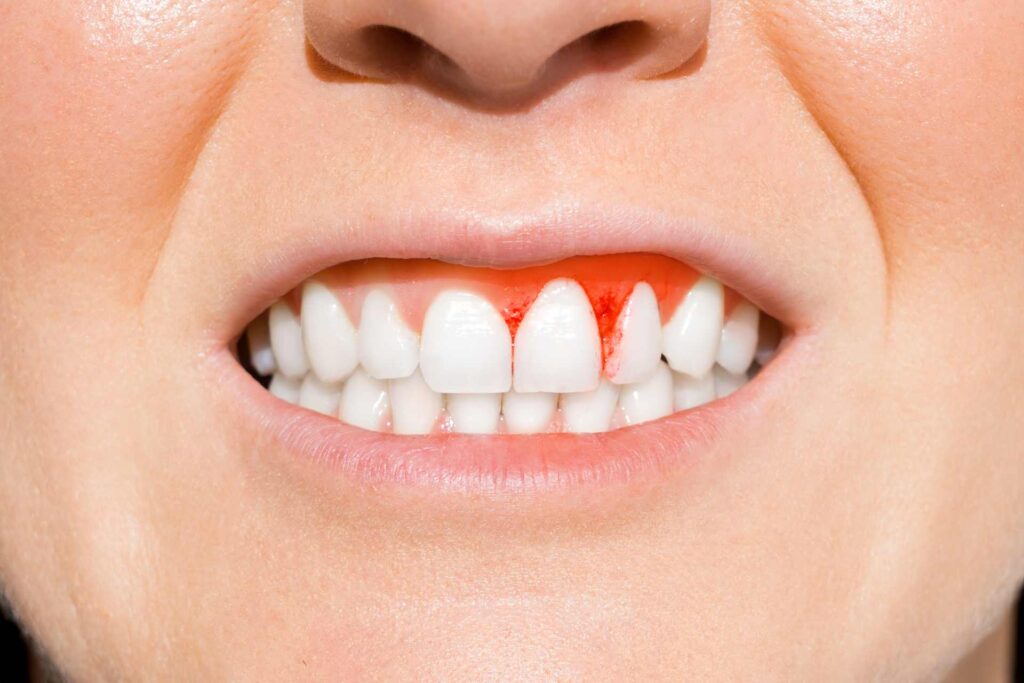
Ways to treat receding gums on a single tooth
The gums, unlike certain body tissues, do not regenerate naturally. Once they have shrunk or worn, if they do not undergo specialized treatment, they do not renew themselves, or their ability to regenerate is minimal. To regenerate receding gums in a single tooth, external methods are almost always necessary.
Some palliative methods are natural. Among them are certain plants (chewed, drunk in infusions, or gargled) such as green tea and sage, aloe vera gel, or the application of gum massages with coconut or lemon oils. The consumption of vitamin C in the usual diet is also important to avoid receding gums in a single tooth.
In some patients, the application of dental composite resin (that has the same color as the tooth) or a white filling that covers the surface of the tooth that has been exposed after the retraction of the gums is used. However, it must be said that this is not a completely curative procedure, but only a method to control pain, eliminate dental sensitivity and regenerate aesthetics.
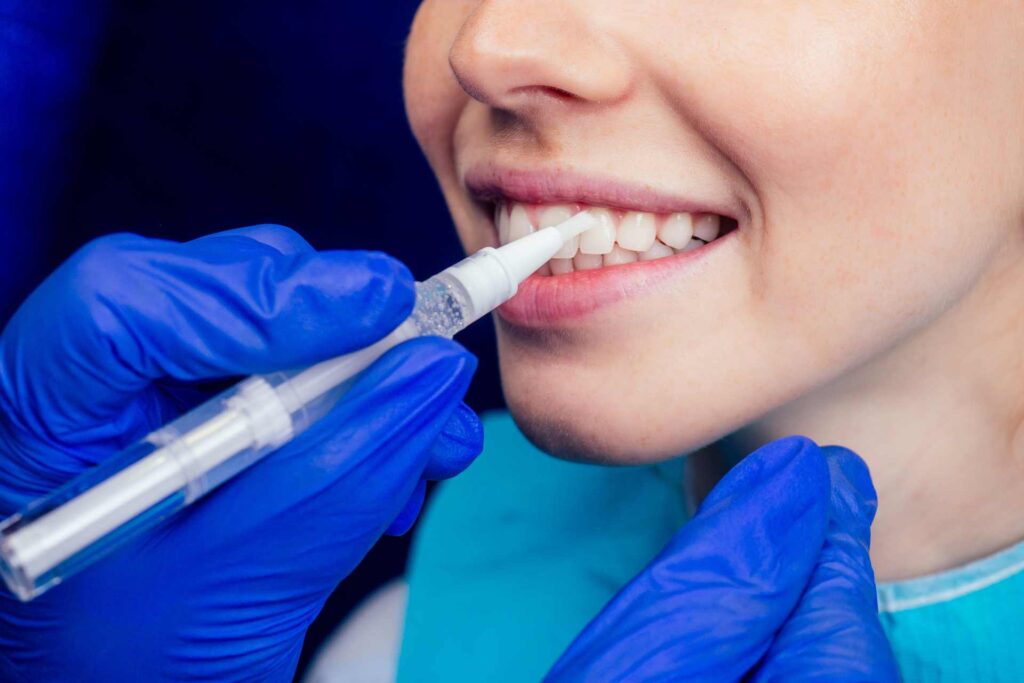
Another of the main methods used in these cases is surgery. Doctors are supposed to avoid surgical interventions at all costs. They analyze the case to detect if there is a possibility that the gum will regenerate on its own. But if not, they opt for surgery. There are two basic surgical procedures that are applied when there is receding gum in a single tooth or in several teeth:
- Connective tissue graft surgery (CTI): In this surgery, tissue is taken from the patient’s own palate (from the premolar region), it is modified to adapt it to the gingival area to be covered, and it is placed in the gum to regenerate.
- Coronal repositioning flap surgery: Through this surgery, the gum is promoted to advance again on the area from which it has been removed. It is a very common method when it comes to receding gums in a single tooth, especially in cases where the gums are not so damaged.
